
Have $7B to burn?
If you answered no, keep reading.
Let’s get bakin’ 🥐
How to not burn $7B on your platform
GE burned $7B on their platform. Want to avoid a similar fate? In his latest article for the Platform Engineering community, Steve Pereira broke down what we can learn from this cautionary tale.
TLDR; having good intentions, a compelling vision, and vast resources aren’t enough to deliver success.

GE's platform, Predix, promised a lot: easy IoT deployments, condition-based monitoring, and a uniform platform for streaming and batch analytics processing.
GE leaned into the project hard. (They even built their own data centers to own the e2e value chain.) But there was a big problem: building the data center was only one of the project's requirements. They still needed a ton of other stuff: on-demand infrastructure pipelines, application scaffolds, templates, and a host of hardware, networking, etc.
It was a lot, especially for a company rooted solidly in the brick-and-mortar world. By 2020, the company shelled out more than $7B on consultants, marketing, partners, and more. On top of that, it was bad timing: they also had missed their revenue projections by. around $14B.

What went wrong? In short, the vision and the goal of the platform didn’t align with GE itself. You see, you shouldn’t treat your platform like a separate entity from the rest of the business because it isn’t. At GE, they wound up with a big conflict between platforming best practices and the company’s traditional lean manufacturing style.
GE also didn’t invest enough in its internal capabilities and organizational infrastructure. When you’re building a platform, you’re building something that needs to be continuously maintained and continuously improved - for as long as you’ll be in business.
So how can you avoid this fate? An outcome mapping process can define your vision clearly for everyone involved. This helps avoid teams becoming misaligned on what the platform is actually for. Value stream mapping can also help. You look at how everything is happening in the organization today and figure how you’ll accomplish all of your different goals and work more effectively. These methods have three core components in common:

Keep these concepts in mind, and you can avoid burning $7B on your platform.
Want to dive deeper? Check out the full article here.
Short on time? ⏳ We got you 🥐😋

🥐 Getting into Platform Engineering or DevOps? Check out this video for a solid roadmap of need-to-have skills.
🥐 Here's a Kubernetes Podcast you don't want to miss. This episode with Betty Junod explores the rise of platform engineering and internal developer platforms. You'll thank me later 😉

🥐 Don't know how to measure your product-led growth? Andrew Korbel and Sid Sapru share some handy metrics to get you on track.
🥐 Charity Majors says the future of Ops is Platform Engineering. Dive into her article and find out why.
🥐 This week no memes could conquer this song, sorry not sorry...🎶🎶🎶

🎶 Liked what you read here? Share it with your friends 🤗
This newsletter is a community effort, so if you have anything awesome to share from the cloud-native world, send it our way. You can share your ideas here.
Cya next week!
Stay crunchy 🥐
Luca



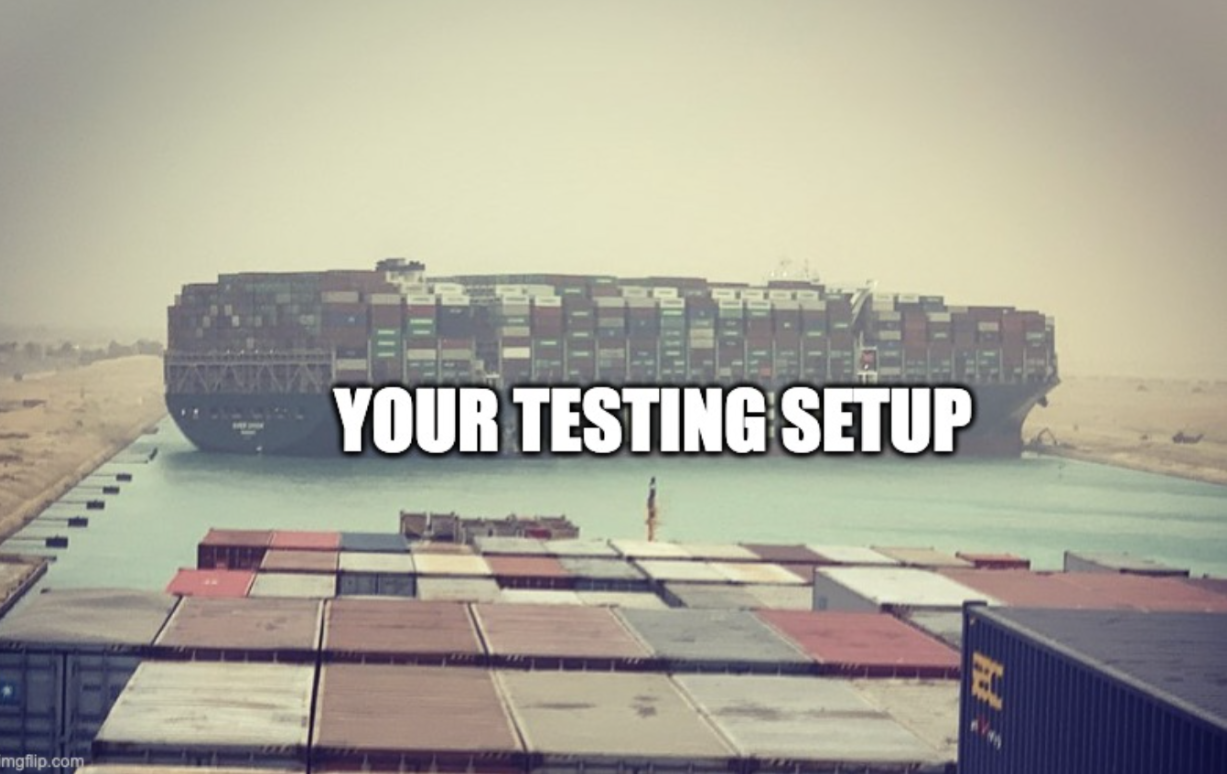
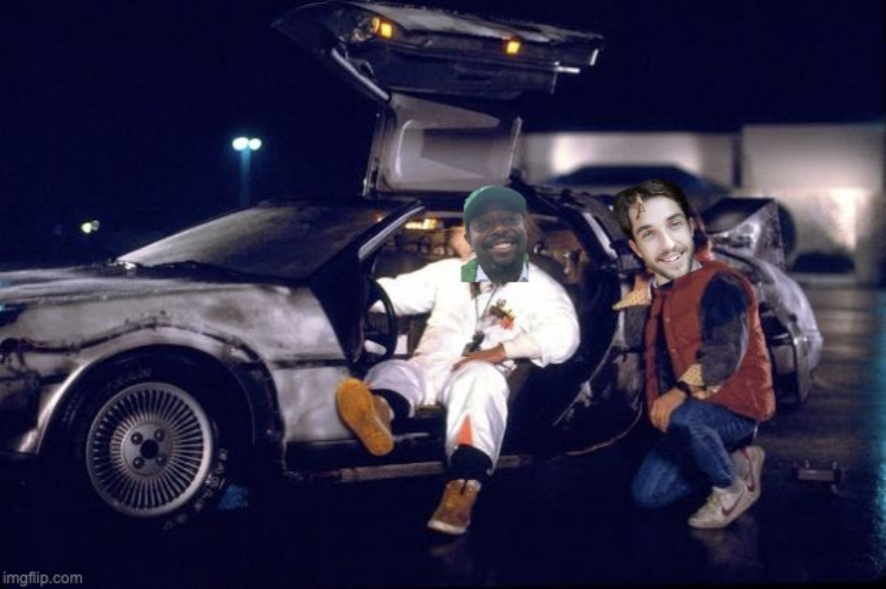


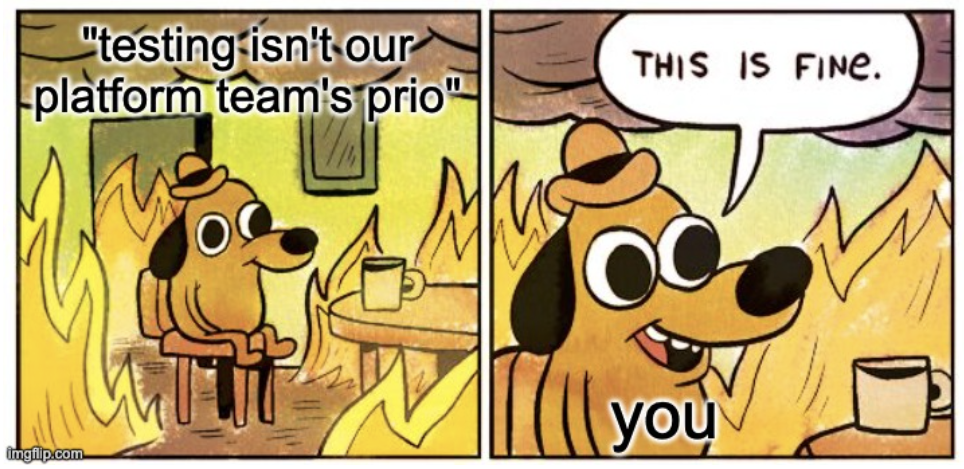
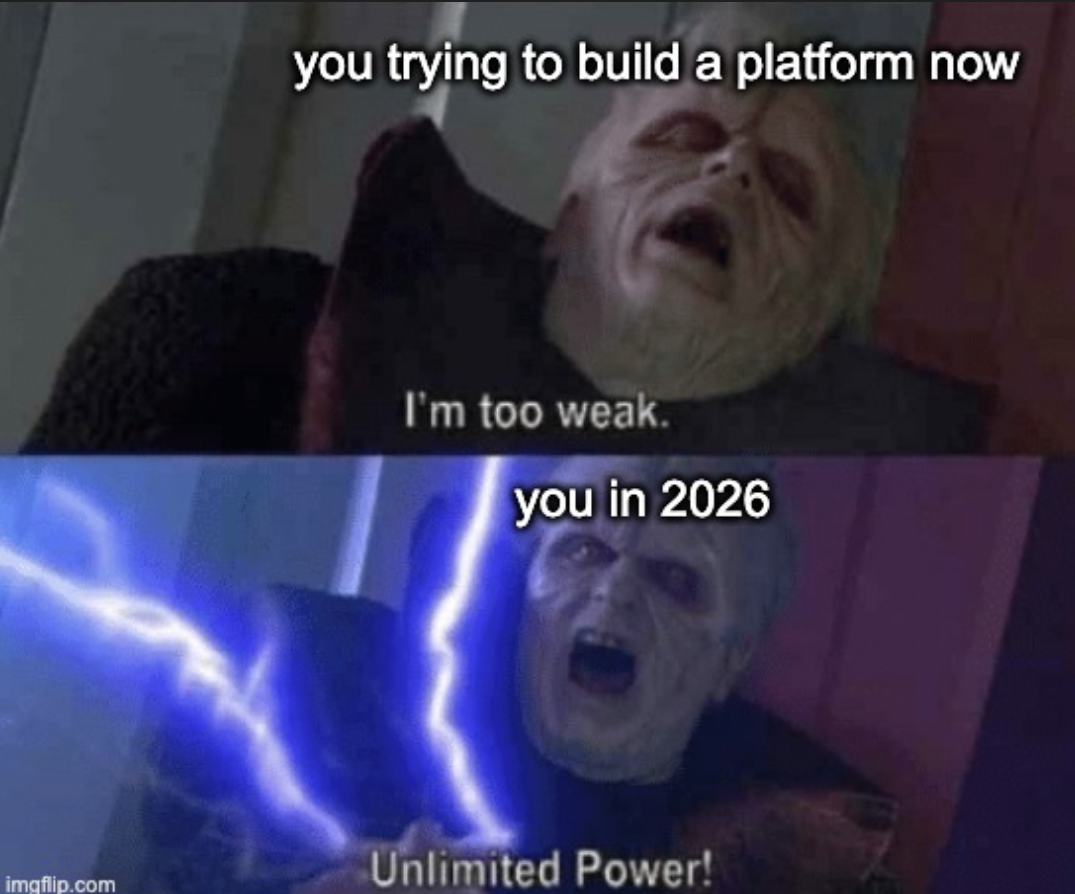




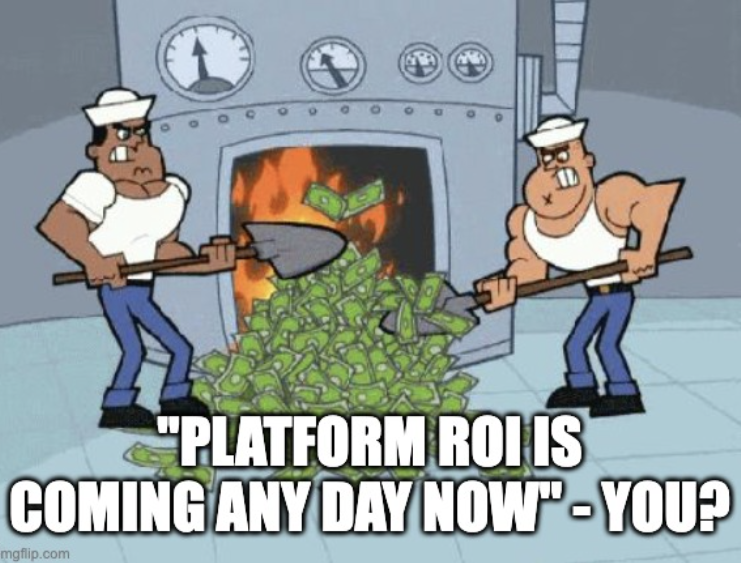

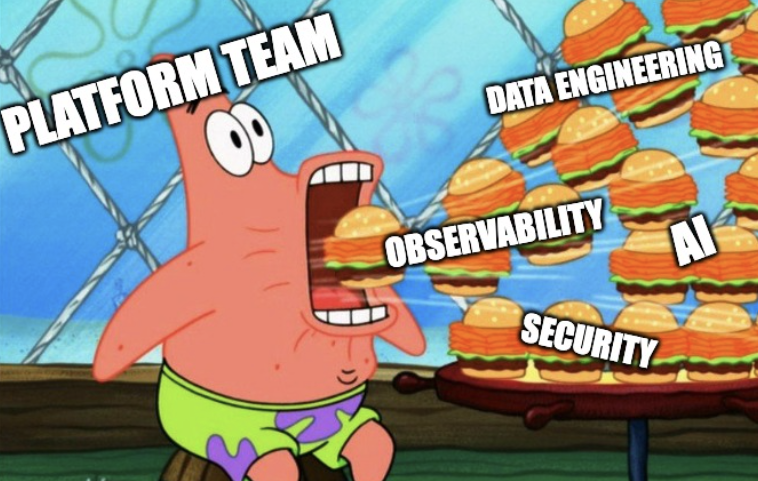





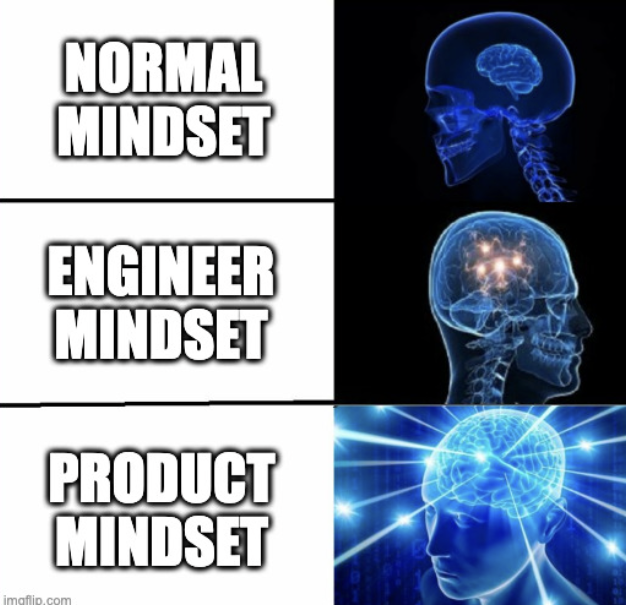
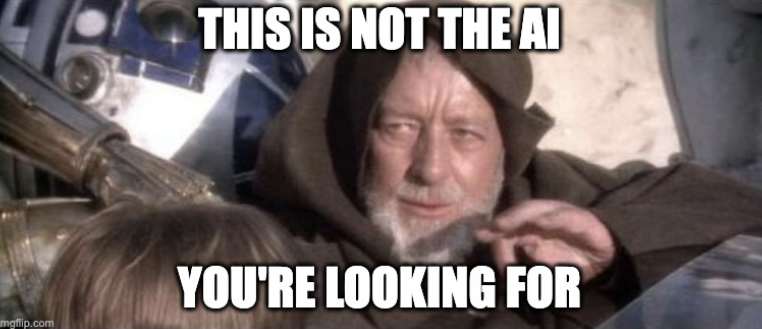

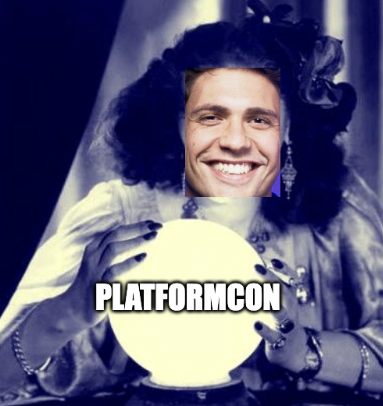
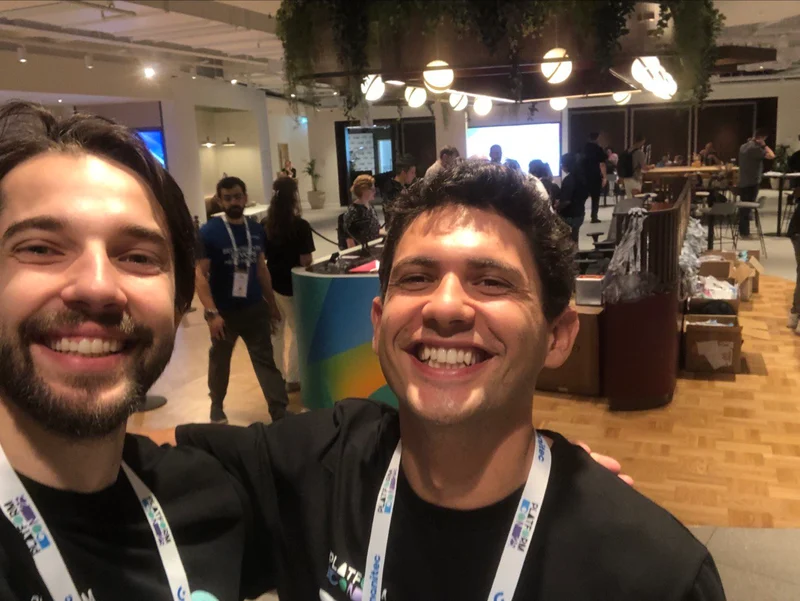

.webp)
.webp)

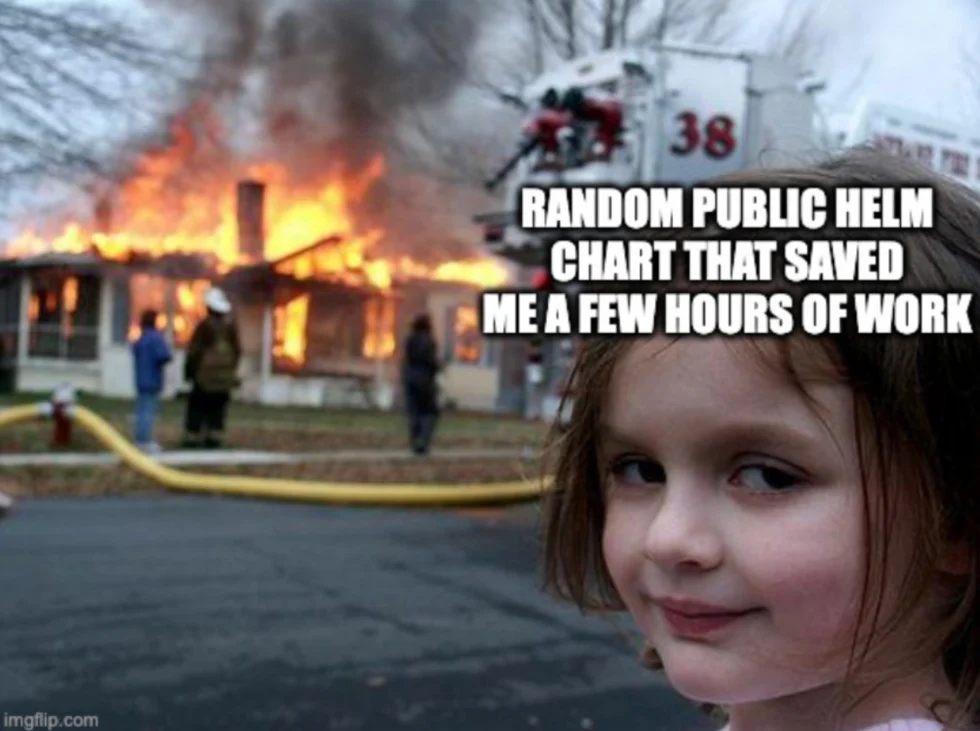


.webp)
.webp)

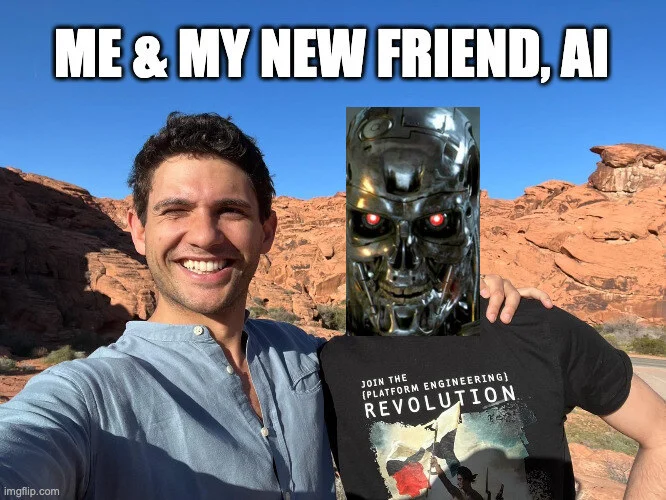
.webp)
.webp)
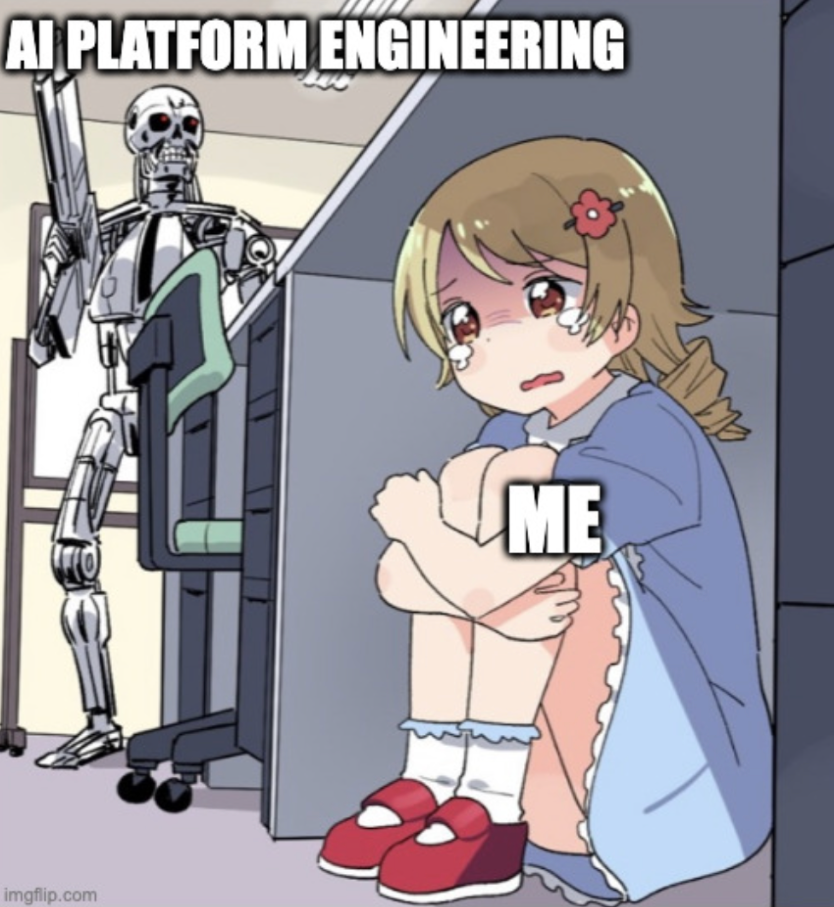
.webp)


-1.webp)














.jpg)
.jpg)
.jpg)
.jpg)
.png)
.jpg)
.png)
.jpg)
.jpg)
.jpg)


.jpg)
.jpg)
.jpg)
.jpg)
.jpg)
.png)
.jpg)
.jpg)
.jpg)
.jpg)
.jpg)
.jpg)
.png)
.jpg)
.jpg)
.jpg)
.jpg)
.jpg)
.jpg)












